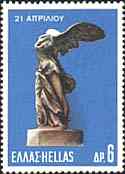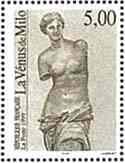 |
ANCIENT AND MODERN |
|
This page is dominated by two renown sculptures of the Greek antiquity: Venus of Milo and the Winged Victory of Samothrace. The belong to the Hellenistic period of the Greek culture. After Alexander the Great conquered the Greek city-states, his armies carried Greek culture throughout the Middle East. As the Greek cities suffered political and economic decline, state religion and civic pride waned, and a more subjective emphasis appeared in art and religion. Greeks were receptive to a new influx of such Oriental tastes as luxurious decoration and mystic religions. A new Hellenistic mixture of Greek and Eastern styles flourished, especially in the rich cities of Asia Minor and in Alexandria, in Egypt. Tip: please point the images with the mouse for more information.
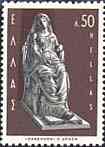 |
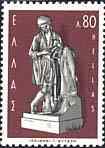 |
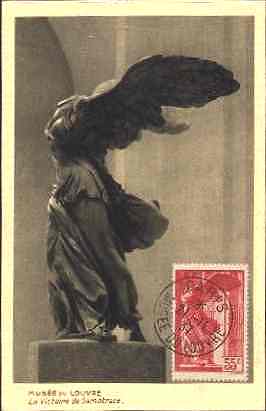 |
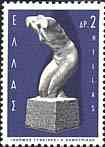 |
 |
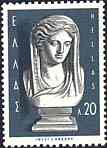 |
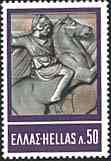 |
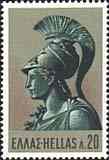 |
 |
At that time, sculpture was created that had open forms—that is, forms that tended to carry the viewer's eye beyond the space occupied by the figures—and an emotionally charged style. Famous examples include the Sleeping Satyr (Palazzo Barberini, Rome); the Nike of Samothrace, or Winged Victory, and the Aphrodite of Melos, better known as the Venus de Milo (both in the Louvre, Paris).
 |
 |
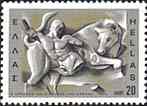 |
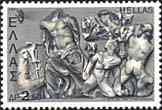 |
In the 15th and 16th centuries, mainly through Roman copies, the Greek tradition in art was revived and developed in Renaissance Art and Architecture. Realism, a sense of proportion, and Greek architectural and design motifs began to appear in European art. (After Microsoft Encarta 1996)
Background: Island of Cos. An apotropaic head of the Gorgona Medusa with motifs radiating out from the center of the composition. Mosaic of the Late Hellenistic Era.

